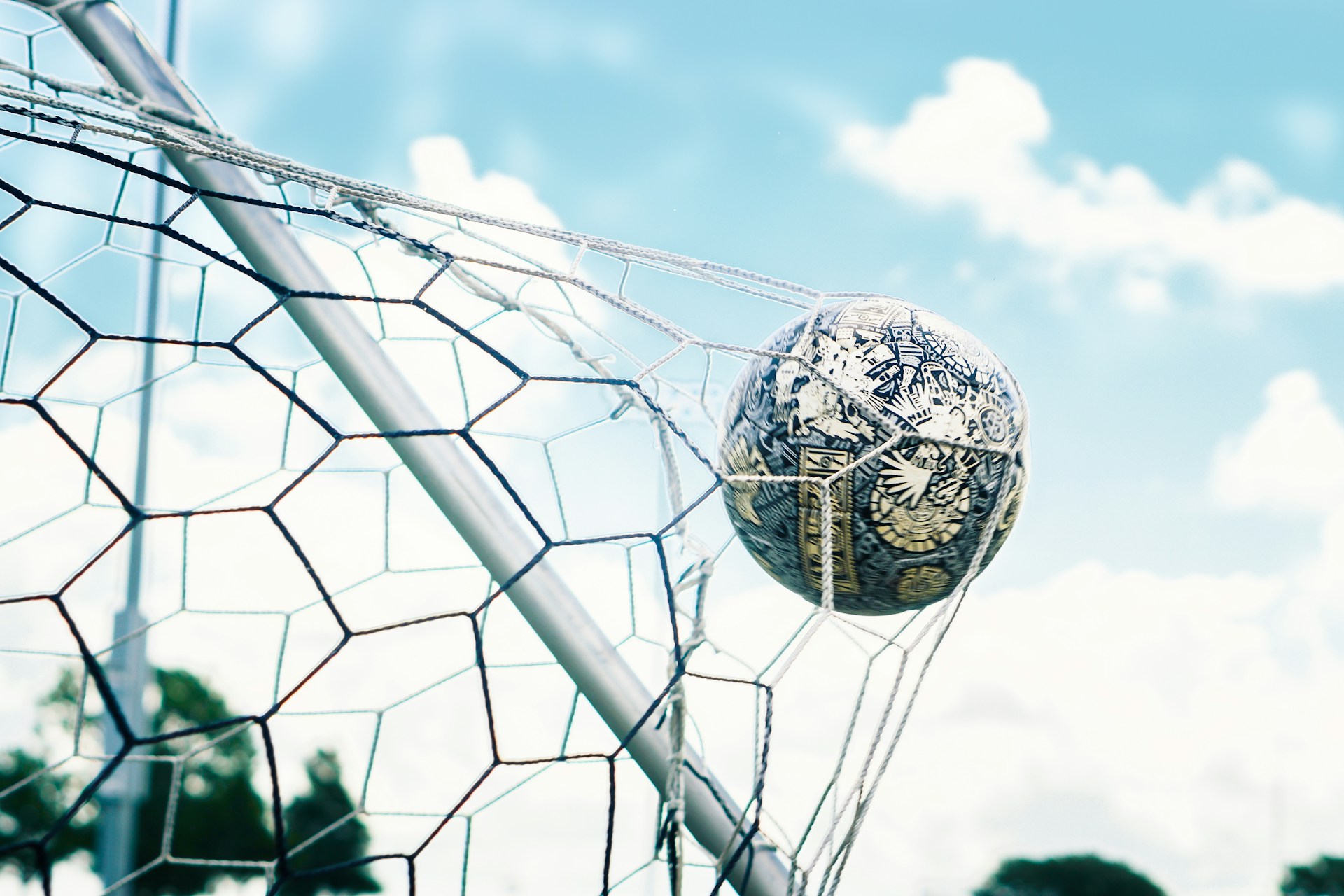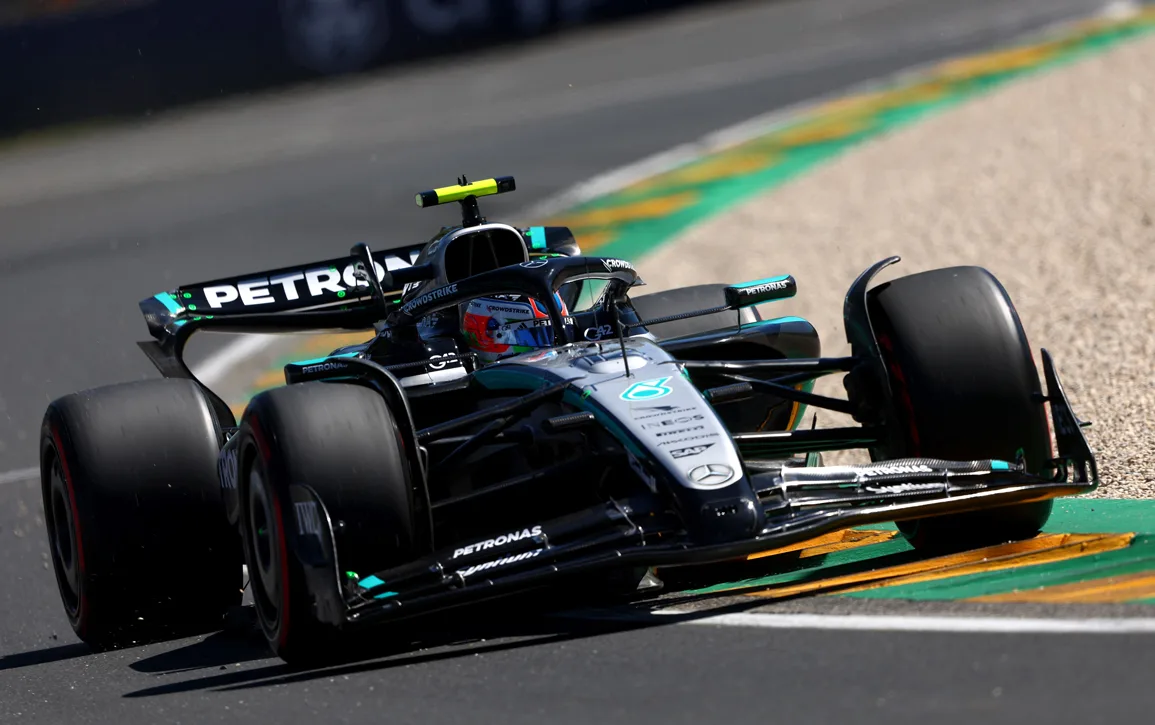If you want to measure the scale of the English Premier League, don’t look at the stadiums in Manchester or London. Look instead at a street in Lagos on a Sunday night, where kids in replica Chelsea shirts argue about VAR decisions. Look at a café in Kuala Lumpur at 3 a.m., packed with exhausted but jubilant Manchester United fans. Look at American bars where Liverpool’s anthem “You’ll Never Walk Alone” rises above the hum of traffic outside.
The Premier League, once a breakaway experiment in 1992, is now the world’s biggest sporting export. It is watched in over 200 territories. Its revenue dwarfs many national economies. Its stars are global icons. Yet for all its glitter and globalization, the Premier League is still rooted in the culture of English football: rivalries, chants, history, and communities.
How did it happen? And what does the Premier League tell us about the future of both sport and culture?
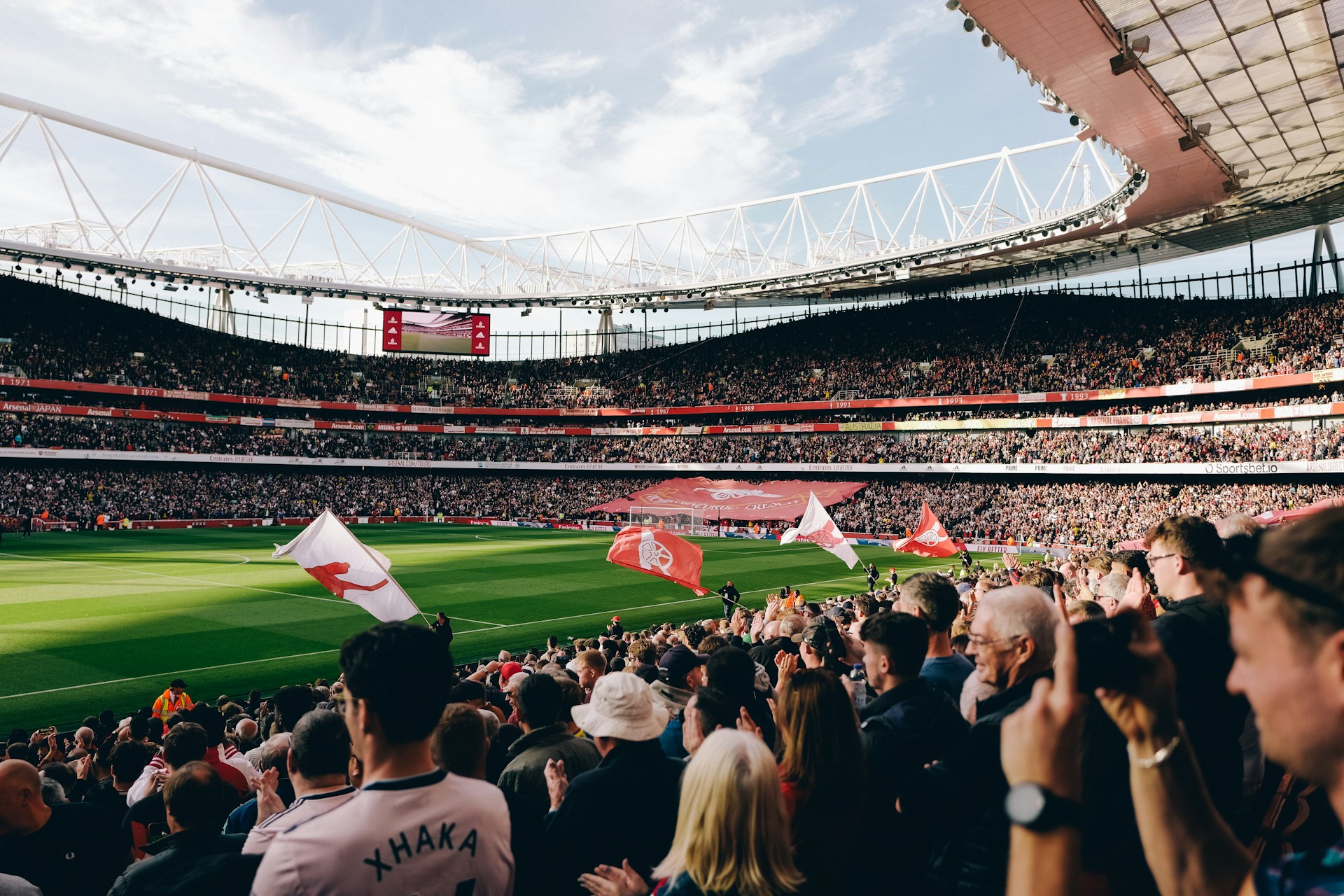
A Breakaway League Is Born
The Premier League’s story begins with rebellion. By the late 1980s, English football was in trouble. Stadiums were crumbling. Fan violence dominated headlines. After the tragedy of Hillsborough in 1989—where 97 Liverpool fans lost their lives—English football was forced to confront its failings.
At the same time, the biggest clubs were restless. Television rights were worth more than ever, but under the Football League structure, money was spread too evenly. Manchester United, Arsenal, Liverpool, and Tottenham wanted a bigger share of the pie. In 1992, they broke away to form the Premier League, with Rupert Murdoch’s Sky Sports ready to pump in unprecedented broadcasting money.
It was controversial, even scandalous. Critics said the soul of football was being sold. But the new league promised safety, better facilities, more television coverage, and—crucially—money. The gamble worked.
The TV Revolution
The Premier League was built for television. Sky Sports didn’t just show football; it transformed how fans experienced it. Monday Night Football, slow-motion replays, expert punditry, and cinematic camera angles made English football feel like theatre.
In the 1970s and 80s, English football was often a grainy broadcast on free-to-air TV. In the 1990s, it became a spectacle. Sponsorships poured in. Club revenues soared. Players’ wages exploded.
The television revolution also created something new: the global Premier League fan. A child in India or South Africa could watch the same game as someone in Liverpool. Football wasn’t local anymore—it was planetary.
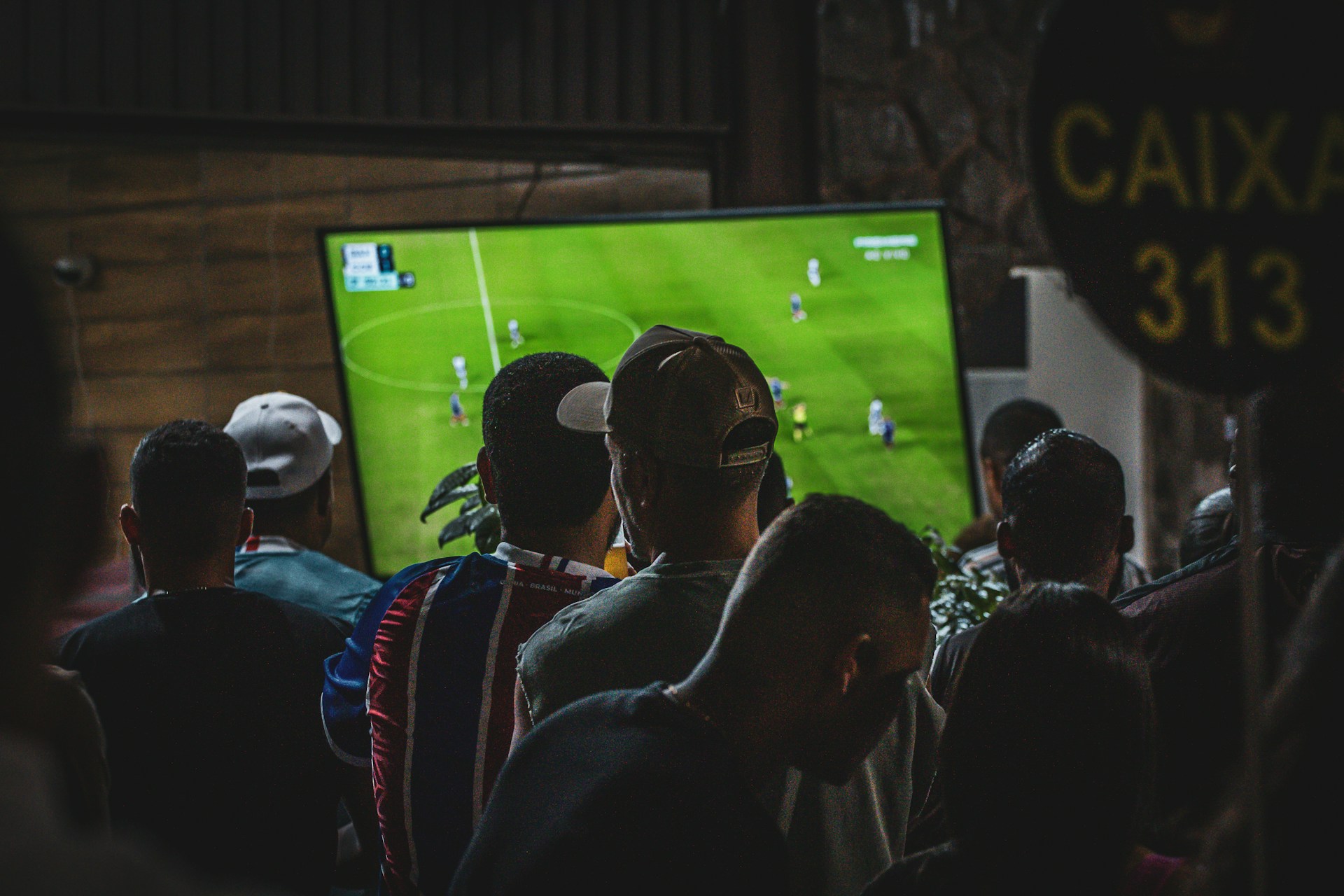
Icons and Immortals
A league is nothing without players, and the Premier League became a stage for legends.
Eric Cantona brought artistry and arrogance to Manchester United, transforming the club’s identity in the 1990s. Thierry Henry redefined elegance in an Arsenal shirt, gliding past defenders with impossible ease. Ryan Giggs, Steven Gerrard, Frank Lampard—names that became synonymous with loyalty and longevity.
Then came the global stars: Cristiano Ronaldo, Didier Drogba, Mohamed Salah. These players weren’t just athletes; they were global ambassadors, carrying the Premier League’s influence to Portugal, Ivory Coast, Egypt, and beyond.
For fans, these players weren’t distant celebrities—they were daily conversation. Kids copied their celebrations in playgrounds. Adults debated their legacies in pubs. The Premier League turned footballers into cultural icons.
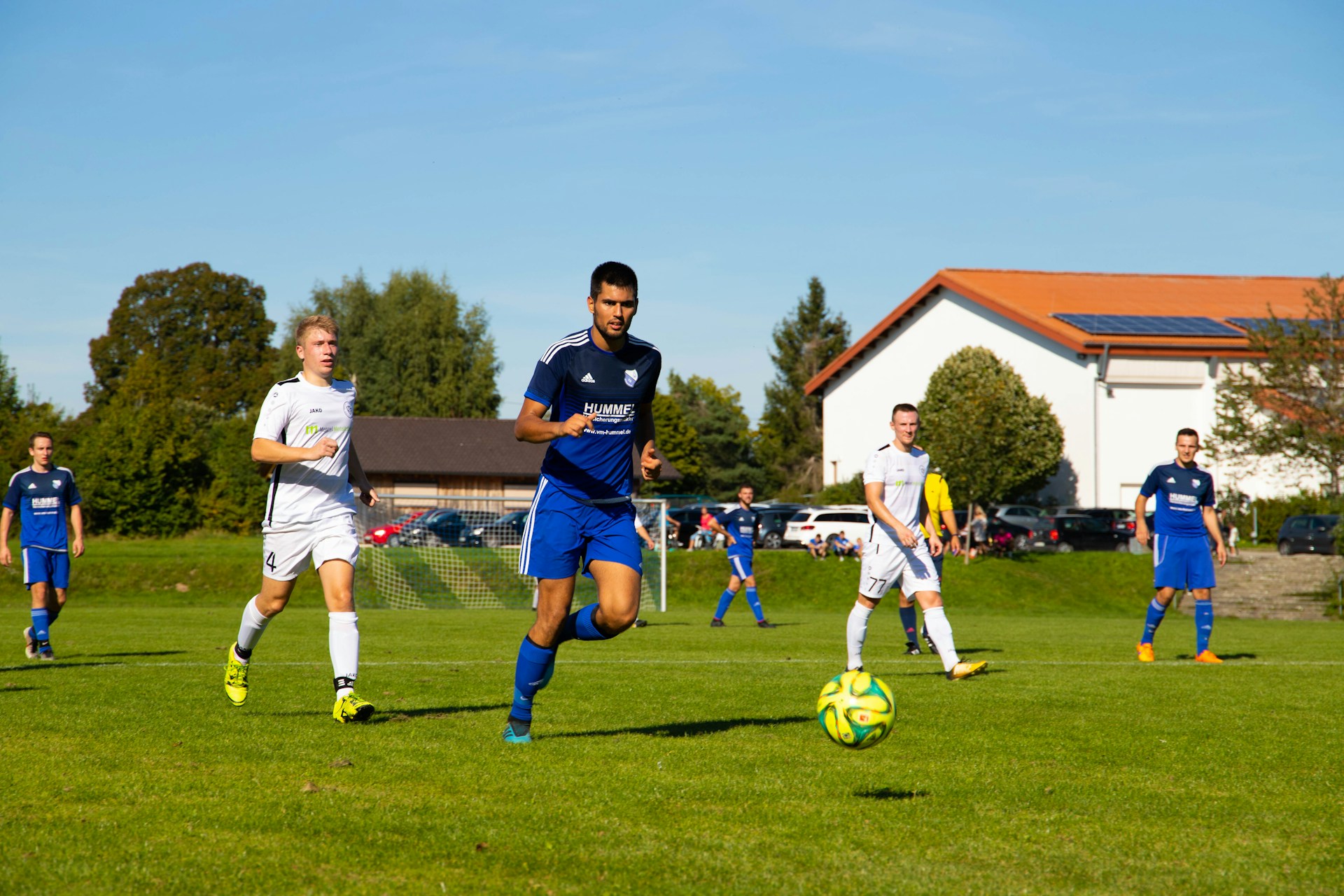
Rivalries That Define Eras
The Premier League thrives on stories, and nothing tells a story like a rivalry.
-
Manchester United vs. Arsenal: Ferguson vs. Wenger, Keane vs. Vieira. Brutal tackles, brilliant football, two managers who despised but respected each other.
-
Manchester United vs. Chelsea: the Abramovich era brought money, Mourinho, and a clash of titans.
-
Liverpool vs. Manchester City: today’s rivalry of Klopp vs. Guardiola is tactical chess played at lightning speed.
Rivalries give the league texture. They turn ordinary fixtures into sagas. They create villains and heroes, drama and redemption. Without rivalries, the Premier League would be rich but hollow.
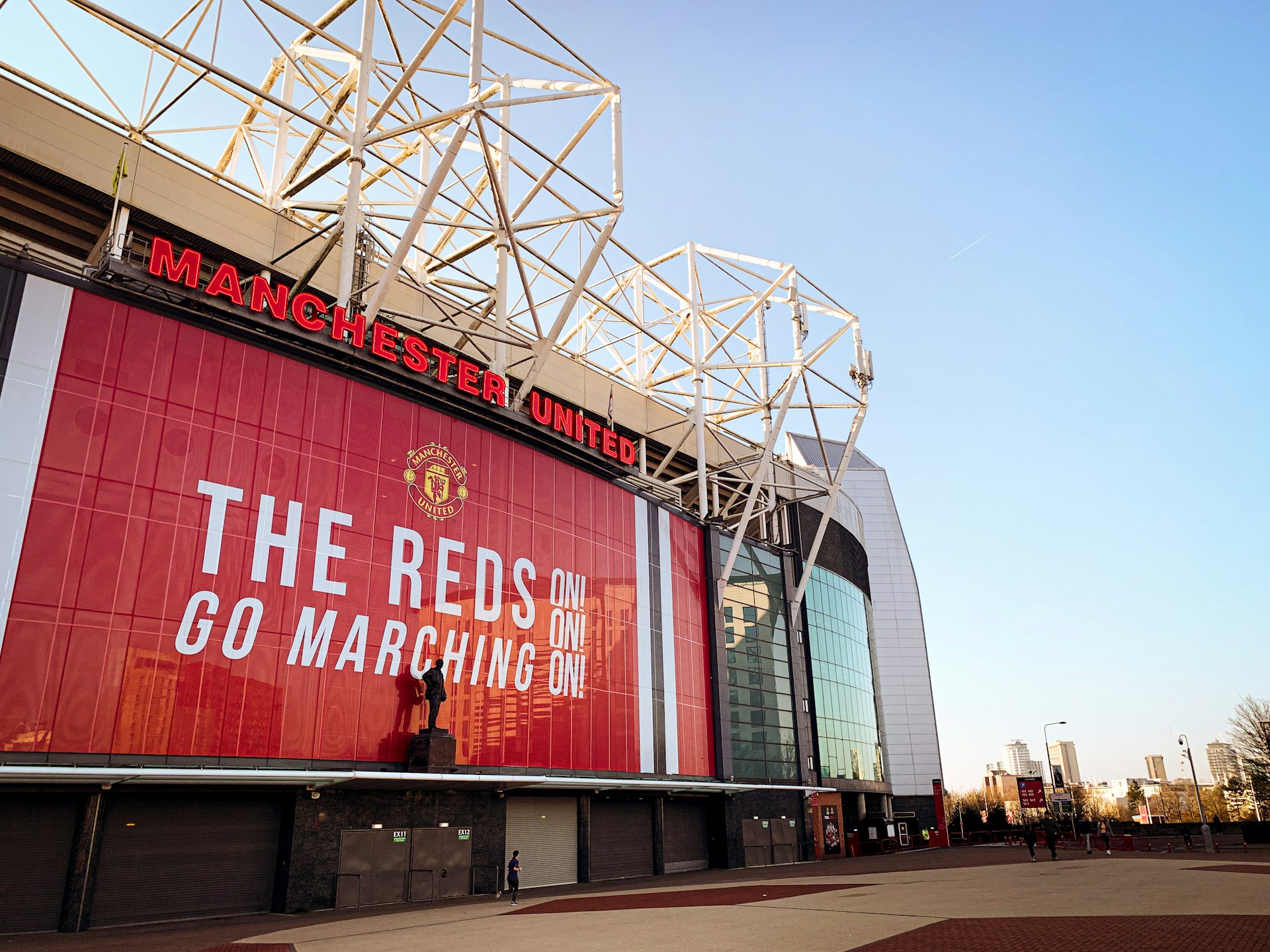
The Business of Football
The Premier League is not just a league; it is an economy. In 2022/23, its revenues surpassed £6 billion. TV rights alone bring in more than the GDP of some small countries. Clubs have become multinational corporations, with global tours, luxury partnerships, and social media strategies.
But the economics of the league also reveal tensions. Ticket prices rose so steeply that many working-class fans—the very people who built English football—were priced out. Clubs depend heavily on global audiences, sometimes prioritizing international tours over local community outreach.
The balance between football as business and football as belonging remains fragile.
The Global Reach
Today, the Premier League is everywhere. It is estimated that more than half the world’s population has access to EPL broadcasts. In Africa, matches dominate weekend schedules. In Asia, early morning kick-offs don’t deter fans who pack bars in Shanghai or Jakarta. In America, NBC’s investment in EPL coverage helped spark a new generation of soccer fans.
This global reach creates curious cultural blends. A fan in Nairobi may know more about Arsenal than about Kenya’s own domestic league. A child in Vietnam may dream of playing for Manchester United, not Hanoi FC. The Premier League doesn’t just reflect English culture—it reshapes global sporting culture.

Controversies and Crises
For all its glory, the Premier League has faced criticism.
-
Money: the gulf between rich and poor clubs has widened. While Manchester City or Chelsea spend hundreds of millions, smaller clubs fight for survival.
-
Ownership: foreign billionaires, sovereign wealth funds, and investors treat clubs as assets. Fans worry their communities are being sold.
-
Super League fiasco (2021): when top clubs tried to form an elite European competition, fan protests forced them to back down. The episode proved football still belongs to supporters, not CEOs.
The Premier League thrives on money, but its soul still depends on loyalty, community, and resistance.
What the Premier League Teaches Us
The Premier League is more than goals and trophies. It’s a case study in globalization, business, and culture. It shows how tradition can adapt to modern media. It reveals how sport can be both unifying and divisive. It reminds us that identity matters as much as money.
For fans, the lesson is clear: don’t just consume football—live it. Know your club’s history. Understand the chants, the rivalries, the community that built the stadiums before the billionaires arrived.
Bottom Line
The English Premier League began as a gamble by restless clubs. In three decades, it became a global empire—richer, bigger, and more influential than anyone imagined. Yet beneath the branding and billions, it remains a game rooted in English streets and working-class pride.
Whether you’re in Manchester or Mumbai, Lagos or London, to follow the Premier League is to join a global conversation. It is proof that a local game, when carried with passion and history, can become a language the whole world speaks.
